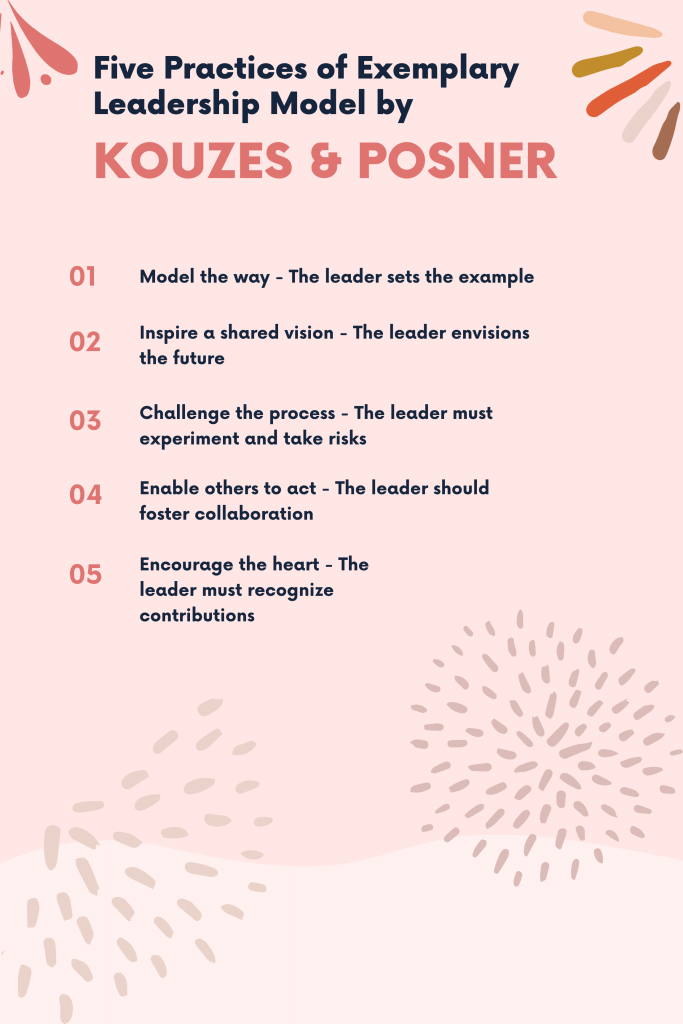One of the key concepts of leadership is that everyone has innate leadership skills that can be ‘polished’ and developed. In excellent organizations, everyone, regardless of title or position, is encouraged to act like a leader. One of the principles of effective leadership is “to make sure that other people will be willing to follow you. Unfortunately, management education doesn’t place enough emphasis on leadership skills.” The functions of a leader can be defined as follows:
1. Taking the initiative – A leader initiates all actions necessary for the purpose of warranting the health and growth of the enterprise in a competitive economy.
2. He identifies group goals
3. He represents the organization
4. He acts as an arbitrator
5. To assign reasons for his actions
6. To interpret the objectives of organization
7. To guide and direct the organization
8. To encourage team work
9. He manages the organization
Top 50 Quotes That Show the Road to Success
This exemplary leadership model by kouzes and posner will give you a fair idea on how a leader should set behavioral and performance standards in an organization.

Every leader has his own style that can be defined as a leader‘s behavior towards group members.
It refers to the pattern of behavior which a leader embraces in influencing the behavior of his subordinates in the organizational context.
Different leadership styles can be categorized as follows.
1. Autocratic Leadership
Autocratic leadership is also known as authoritarian, directive, leader centered or monothetic style.
Under this style, leader concentrates all authority in himself, instructs a subordinate as to what to do, how to do it, when to do it etc.
He also exercises close supervision and control over his subordinates. There are three categories of autocratic leaders
a. Strict Autocrat – A strict autocrat believes on negative authority and gives orders which the subordinates must accept. He may also use his powers to disperse rewards to his group.
b. Benevolent Autocrat – The benevolent style aids in accomplishing high productivity in many situations and he can develop effective human relationship. His motivational style is usually positive.
c. Manipulative Autocrat – A manipulative autocrat leader is one who makes the subordinates feel that they are participating in decision making process even though he has already taken the decisions.
2. Participative Leadership
This style is also called as democratic, consultative, group centered or ideographic style.
A participative leader is one who consults and welcomes his subordinates to participate in decision making process.
Under this style, subordinates are freely allowed to communicate with the leader and also with their fellow subordinates and take their own initiative.
3. Laissez Faire or Free-rein Leadership
Under this style of leadership, the leader mostly depends upon the group and its members to establish their own goals and make their own decisions.
The leader is passive and assumes the role of just another member in the group. Only very little control is exercised over group members.
This style is also known permissive style of leadership. This style is appropriate only in certain situations where the manager can leave a choice to his groups.
A leader is supposed to possess these discretionary skills required at different times and during interaction with different people…
The following are the major innate qualities in a successful leader.
1. Physical features like height, weight, health and appearance
2. Intelligence
3. Emotional stability
5. Empathy
6. Objectivity
7. Motivating skills
8. Technical skills
9. Communicative skills
10. Social skills.